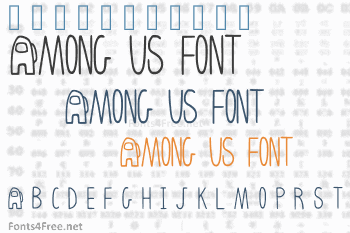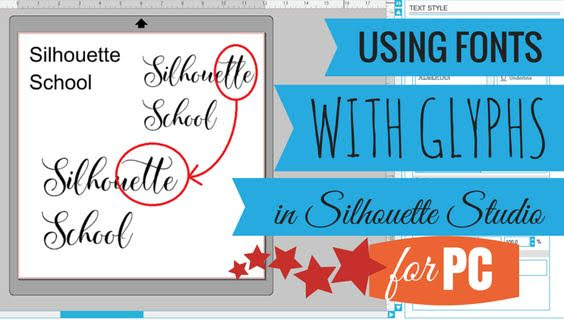
- HOW TO MAP FONT GLYPHS HOW TO
- HOW TO MAP FONT GLYPHS FOR MAC
- HOW TO MAP FONT GLYPHS MAC OS
- HOW TO MAP FONT GLYPHS CODE
Ultra Character Map gives you access to all Emoji characters available in macOS. Create your own clip art by applying colors and 3D effects to any character, symbol or glyph. Access any character, symbol or glyph in any font and use it in your documents. Unlock everything your fonts have to offer. It also lets you do side-by-side font comparisons, print font catalogs, view detailed character and font information (including the keystroke combinations that produce special or accented characters) and much more. (Really.) Did you know that many fonts contain characters and pictures that cannot be accessed with the keyboard or even with a regular character palette? Ultra Character Map lets you access any character or glyph in any font and use it in other apps.
HOW TO MAP FONT GLYPHS CODE
It has three different ways to do what you’re asking for, my favorite of which is ‘examine the clipboard, and tell me all the fonts on my system that have all of these glyphs.’ It will also let you key in text, or enter individual code points.Not just another character map. It performs a variety of useful font-related tasks. Fortunately, Joel Cherney, a regular forum contributor on font issues suggested a free Windows utility: “I’m a fan of BabelMap.

Because I’m not regularly a Windows user, I couldn’t recommend a similar Windows utility.
HOW TO MAP FONT GLYPHS HOW TO
This article was inspired by a question on the Adobe InDesign forum asking how to find a font which used a particular glyph. (Earlier versions of Word don’t include the feature.)

You can also move over the boundary between the different sections and resize a section to make it wider or narrower.
HOW TO MAP FONT GLYPHS MAC OS
(In earlier versions of Mac OS X, you’ll find the same setting in the Language & Text preference on the Input Sources tab.) Click on the Keyboard tab, and select Show Keyboard & Character Viewers in Menu Bar. To turn on the Character Viewer, open System Preferences > Keyboard. (A free Windows utility called BabelMap is mentioned at the end of this post.)

The utility is called the Character Viewer, and this is a brief introduction to its powers. It’s installed on all recent versions of Mac OS X, but it’s not turned on by default, so many Mac users may not even know that it exists.
HOW TO MAP FONT GLYPHS FOR MAC
There is a great utility which meets this need, but it’s for Mac only. But it contains no search capability, and no way to find a particular glyph across different installed fonts. This panel has many great features, including the ability to create glyph sets for the characters we use frequently. So how do we find the fonts that contain the particular character we want? Sadly, we cannot use InDesign’s Glyphs panel. The fonts we use today contain a huge array of Unicode characters.


 0 kommentar(er)
0 kommentar(er)
